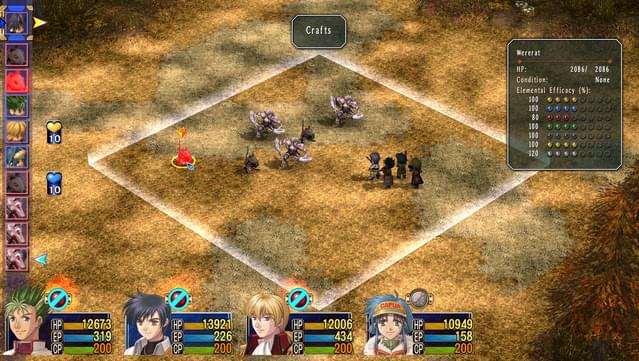

Census Bureau’s Current Population Survey. Bureau of Labor Statistics’ Occupational Employment Statistics and the U.S. Demographic profile of workers in the health care and social assistance industry, 2019 OccupationĪll health care support, direct care, and service workers These fields are some of the fastest-growing of all occupations, with more than a million new jobs projected by 2028. The wages are so low that nearly 20% of care workers live in poverty and more than 40% rely on some form of public assistance.

Home health and personal care workers earn even less, with a median hourly wage of only $11.57. Median wages in health care support, service, and direct care jobs were just $13.48 an hour in 2019-well short of a living wage and far lower than the median pay of doctors (over $100 per hour) and nurses ($35.17 per hour). It employs more people than the entire transportation and warehousing industry and more than twice as many people as the grocery industry. The size of this low-wage health workforce exceeds the size of most other occupational groups of essential workers. In fact, more people work in hospitals as housekeepers and janitors-like Sabrina Hopps-than as physicians and surgeons. More people are employed in health care support, service, and direct care jobs than in all health care practitioner and technician jobs (doctors, nurses, EMTs, lab technicians, etc.).


Roles include orderlies, medical assistants, phlebotomists, and pharmacy aides. Health care support workers assist health care providers such as doctors and nurses in providing patient care.The underpaid but essential health care workforce in America comprises nearly 7 million people in low-paid health jobs in these three categories: The policy recommendations in this report aim to keep these workers safe on the job, compensate them with a living wage, support them if they fall ill, and give them the respect and appreciation they deserve. This starts with simply recognizing the value of workers like Hopps-but we can and must do more. It is long past time that these workers are treated as truly essential. Many expressed frustration-and sometimes anger-over their lack of life-saving protective equipment. They spoke with pride about their work, but few felt respected, even as they put their lives on the line. ( You can read their stories here.) Despite being declared “essential,” the workers I interviewed described feeling overlooked and deprioritized, even expendable. Over the last several weeks, I interviewed nearly a dozen low-wage health workers on the front lines of COVID-19. The vast majority of these workers are women, and they are disproportionately people of color. They are nursing assistants, phlebotomists, home health aides, housekeepers, medical assistants, cooks, and more. Like the higher-paid doctors and nurses they work alongside, these essential workers are risking their lives during the pandemic-but with far less prestige and recognition, very low pay, and less access to the protective equipment that could save their lives. Hopps is one of millions of low-wage essential health workers on the COVID-19 front lines. They don’t think about housekeeping, maintenance, dietary, nursing assistants, patient care techs, and administration.” “When you think about health care work, the first people you think about are the doctors and the nurses. “Housekeeping has never been respected,” she told me recently. “It’s me and the other housekeepers who sit and talk with to brighten up their day, because they can’t have family members visiting.”ĭespite her contributions, she doesn’t feel recognized. She cares deeply about the patients she works with, and knows that the value of her job goes well beyond cleaning. “If we don’t clean the rooms correctly, the pandemic will get worse,” said Hopps. Too often, we overlook the heroism and dignity of millions of low-paid, undervalued, and essential health workers like Sabrina Hopps, a 46-year-old housekeeping aide in an acute nursing facility in Washington, D.C.


 0 kommentar(er)
0 kommentar(er)
